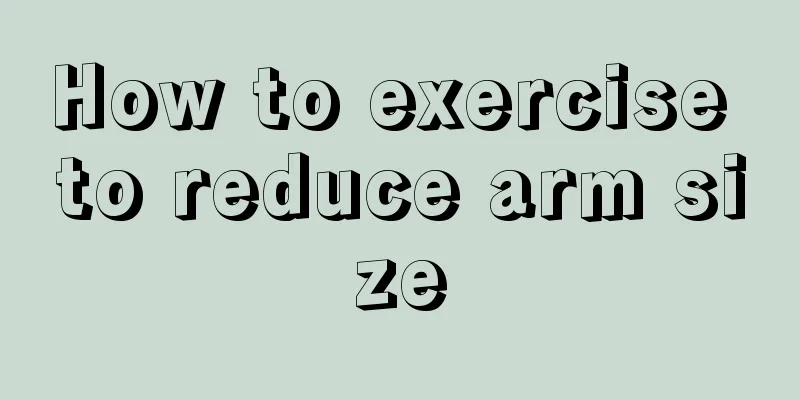What are the contents of running action breakdown

|
Although everyone is familiar with running, and in physical education classes, we spend some time running to warm up in almost every class. Everyone's running posture is very casual. In fact, many movements are not sufficiently labeled. Some teachers usually do not give everyone a systematic introduction to the standard running movements. So, what is the breakdown of running movements? Regarding this question, let’s take a look at the introduction below. Head and Shoulders Key points of running movement - keep your head and shoulders stable. Keep your head facing forward, do not lean forward unless the road is uneven, and keep your eyes focused straight ahead. Relax your shoulders and avoid hunching your chest. Power stretching – shrug. Relax your shoulders and let them drop, then raise them as high as possible, pause, return to the starting position, and repeat. Arm and Hand Key points of running movement - arm swing should be a forward and backward movement with the shoulder as the axis, and the left and right movement range should not exceed the midline of the body. The fingers, wrists and arms should be relaxed, with the elbow angle at approximately 90 degrees. When swinging forward, it should be slightly inward, and when swinging back, it should be slightly outward. Key points of running movement - keep upright from neck to abdomen, instead of leaning forward (unless accelerating or going uphill) or leaning back. This is conducive to breathing, maintaining balance and stride. Don't let your torso rock side to side or move up and down too much. Actively push your hips forward when swinging your legs forward, and pay attention to rotating and relaxing your hips when running. Dynamic stretching - lunge and leg press. Stand with your legs shoulder-width apart, slowly press your body down until your muscles are tense, then relax. Keep your torso upright at all times. waist Key points of running movement: keep your waist naturally upright, not too straight. Keep your muscles slightly tense to maintain your torso posture while paying attention to cushioning the impact of your feet landing. Thigh and knee The key to running movement is to swing your thighs and knees forward instead of lifting them up. Any lateral movement of the leg is unnecessary and can easily cause knee injury, so the forward swing of the thigh should be straight. Dynamic stretching - forward bending. Stand with feet hip-width apart. Put your hands behind your head. Flex the body forward from the hip joint. Keep your back straight until you feel tension in your biceps femoris. What are the contents of running action breakdown? Now everyone should have a better understanding of the breakdown of running movements. Regarding the above content, you can also compare it with your usual running movements and correct some of your incorrect running postures. Although running is very simple, everyone should try to standardize their running posture. |
<<: What is the running breakdown?
>>: What are the benefits of running for children?
Recommend
What is the fastest way to slim down your arms?
Nowadays, people pay attention to their physical ...
Is it better for women to skip rope or run?
Nowadays girls all want to have a slim figure, so...
Is yoga suitable during menstruation?
During menstruation, it is generally considered t...
How to train muscles to grow fast?
Muscle training is an important way to shape our ...
How to use the fitness band tension rope
Fitness is a particularly important thing in our ...
How to do the supine dumbbell press
The supine dumbbell press is a good way to exerci...
What are some exercises to lift your buttocks?
Having a plump, upturned butt is the dream of man...
Can I still train my abdominal muscles if I have extra fat?
Nowadays, most of the people are office workers w...
Is slow aerobic exercise in place an aerobic exercise?
Nowadays, many people live a healthy life, and ae...
Can playing basketball really build muscle?
Playing basketball is a sport we often do in our ...
Enhance your baby’s resistance with some small exercises!
Babies at different stages can increase their res...
The benefits of swimming and fitness
Swimming is a fitness exercise that many young pe...
Is it good to hula hoop before going to bed?
In fact, many people are busy with their work, so...
How can I slim down my legs and buttocks?
There are many obese people who may have a lot of...
How to do 10 minutes of super effective weight loss yoga
When it comes to yoga, everyone should be familia...









